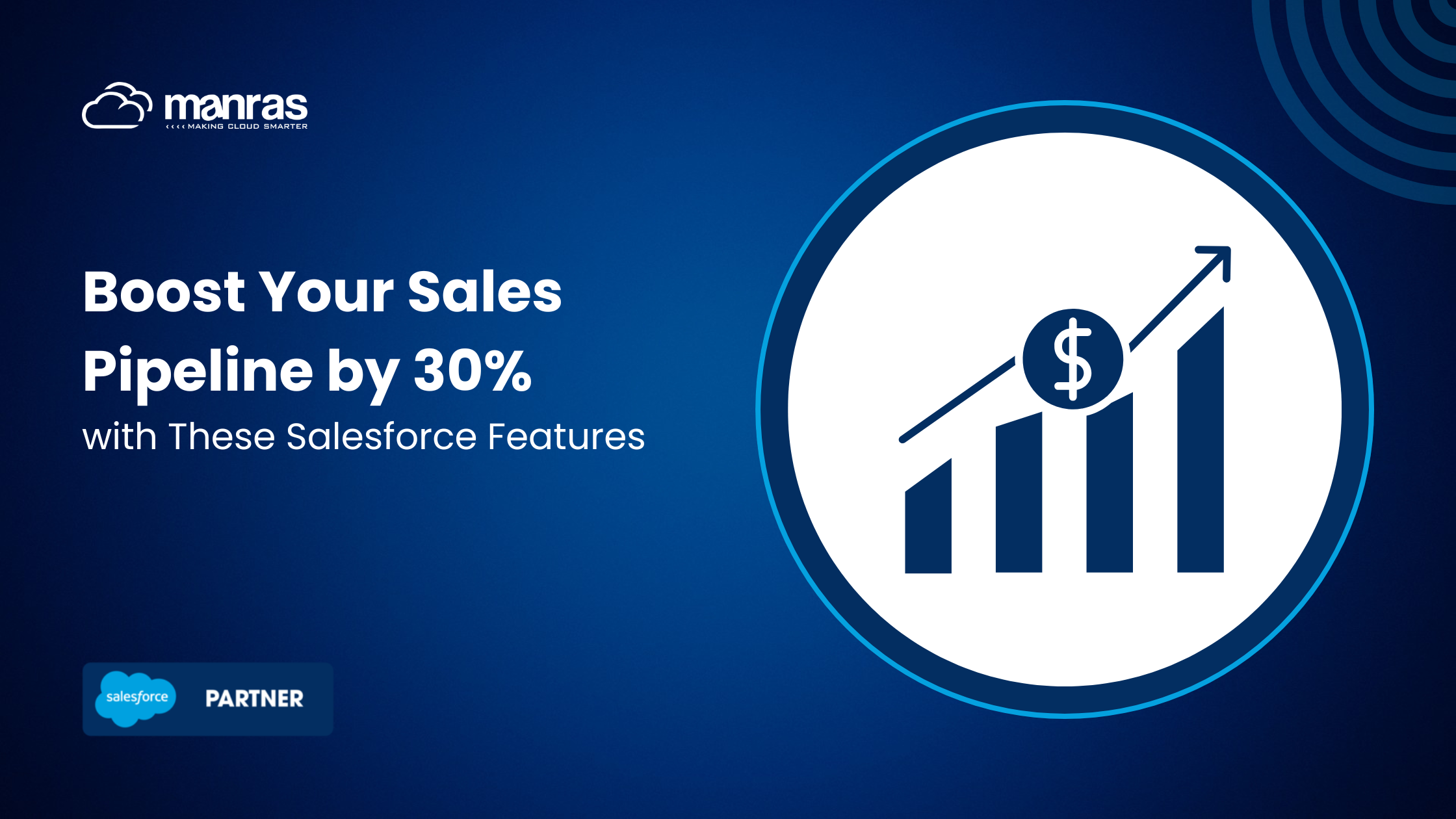
Boost Your Sales Pipeline by 30% with These Salesforce Features
Managing leads and converting them into customers can often feel overwhelming for sales teams. The sales pipeline, with its mix of opportunities, leads, and follow-ups, can become a complicated process. Without the right tools in place, important leads may slip through the cracks. By leveraging Salesforce tools, you can boost sales pipeline by 30% or more, leading to greater efficiency and success in your sales efforts.
In this article, we will explore how Salesforce features for lead management can help you streamline this process and enhance lead conversion strategies.
What is a Sales Pipeline?
A sales pipeline is a systematic organizational representation of a sales process. The steps a prospect takes from the time they first express interest in your product or service to when they become a customer. This is similar to a roadmap that you use to manage leads and their journey through your funnel until they are closed. At each stage of the pipeline there’s an opportunity to convert a lead, and each step requires certain actions and follow-ups.
How to Boost Sales Pipeline with Salesforce Features?
Here’s how you can effectively boost sales pipeline with the Salesforce features for lead management:
Capture and Organize Leads Effectively
The first step in building a strong pipeline is obtaining leads without any errors. Salesforce solves this problem by connecting to your website, social media, and email accounts to capture leads. The Web-to-Lead feature guarantees that every opportunity is converted by turning visitors into leads automatically. After the leads are captured, Salesforce classifies them according to lead origin, demographics, or other interests. This arrangement allows your team to identify the most valuable leads and reach out to them. These Salesforce features for lead management make sure that no lead will be missed because it makes this process fast and efficient.
Prioritize Leads with Lead Scoring
Not all leads are created equal, and some are more likely to convert than others. Salesforce’s lead scoring system allows you to evaluate and rank leads based on their likelihood to make a purchase. By analyzing factors such as past interactions, engagement, and industry, you can assign a score to each lead. This means your sales team can focus on the highest-priority leads, leading to better efficiency and higher conversion rates. With lead conversion strategies built into the Salesforce platform, your team can maximize their chances of turning prospects into customers.
Automate Follow-Ups and Lead Nurturing
The next crucial step in your sales process is nurturing your leads and ensuring consistent follow-up. Among the many features that Salesforce has, its automation tools is what separates it for most users. Because of the Salesforce marketing cloud in addition to Pardot. You can easily create automated email drip campaigns to communicate with your leads at each stage of the sales pipeline. These campaigns dynamically adjust by sending meaningful content or offers at the right time. Which keeps leads engaged and progressing down the funnel. This level of automation saves your team a lot of time. More importantly, no lead goes unattended to at any time.
Track Opportunities and Measure Progress
While leads are progressing in the sales funnel, it is important to keep track of where leads are and what steps should be taken. With the help of Salesforce’s Opportunity Management, one can see all the activities related to a particular opportunity in real time. You may see what tasks have already been done, what is still remaining, and which opportunities are likely to convert on the basis of their stage in the pipeline. This degree of tracking and auditing allows your sales team a decision free of prejudice and to take proper actions to close deals on time.
Forecast and Monitor Sales Performance
For a team to increase sales with Salesforce tools, it’s imperative that the team develops the required forecasting skills. Salesforce is equipped with sophisticated sales prediction tools that enable you to evaluate which leads are bound to convert into profits. You can leverage this tool effectively by evaluating past data and present scenarios and creating accurate forecasts to build and implement effective plans. This ensures that the sales team can actively engage with surefire leads and concentrate on closing sales.
Streamline Team Collaboration
Finally, a key to effective lead conversion is collaboration. Sales, marketing, and customer support teams need to be on the same page when it comes to lead management. Salesforce Chatter offers a solution by facilitating real-time communication within the team. Team members can share updates, ask questions, and collaborate on strategies, ensuring that everyone is aligned and working toward the same goal. This level of collaboration improves the overall effectiveness of your pipeline, making it easier to convert leads and close deals.
Conclusion
To sum up, managing your sales pipeline effectively can be the difference between winning and losing deals. With Salesforce’s powerful features, you can organize, prioritize, and nurture your leads more efficiently, giving your sales team the tools they need to succeed. By leveraging Salesforce features for lead management, such as automated follow-ups, lead scoring, and opportunity tracking, you can boost sales pipeline by 30% or more.
If you’re ready to increase sales with Salesforce tools, now is the time to take action. For expert guidance in implementing Salesforce solutions, Manras can provide the expertise and support your team needs to make the most of these powerful tools.
For more insights, updates, and expert tips, follow us on LinkedIn.



